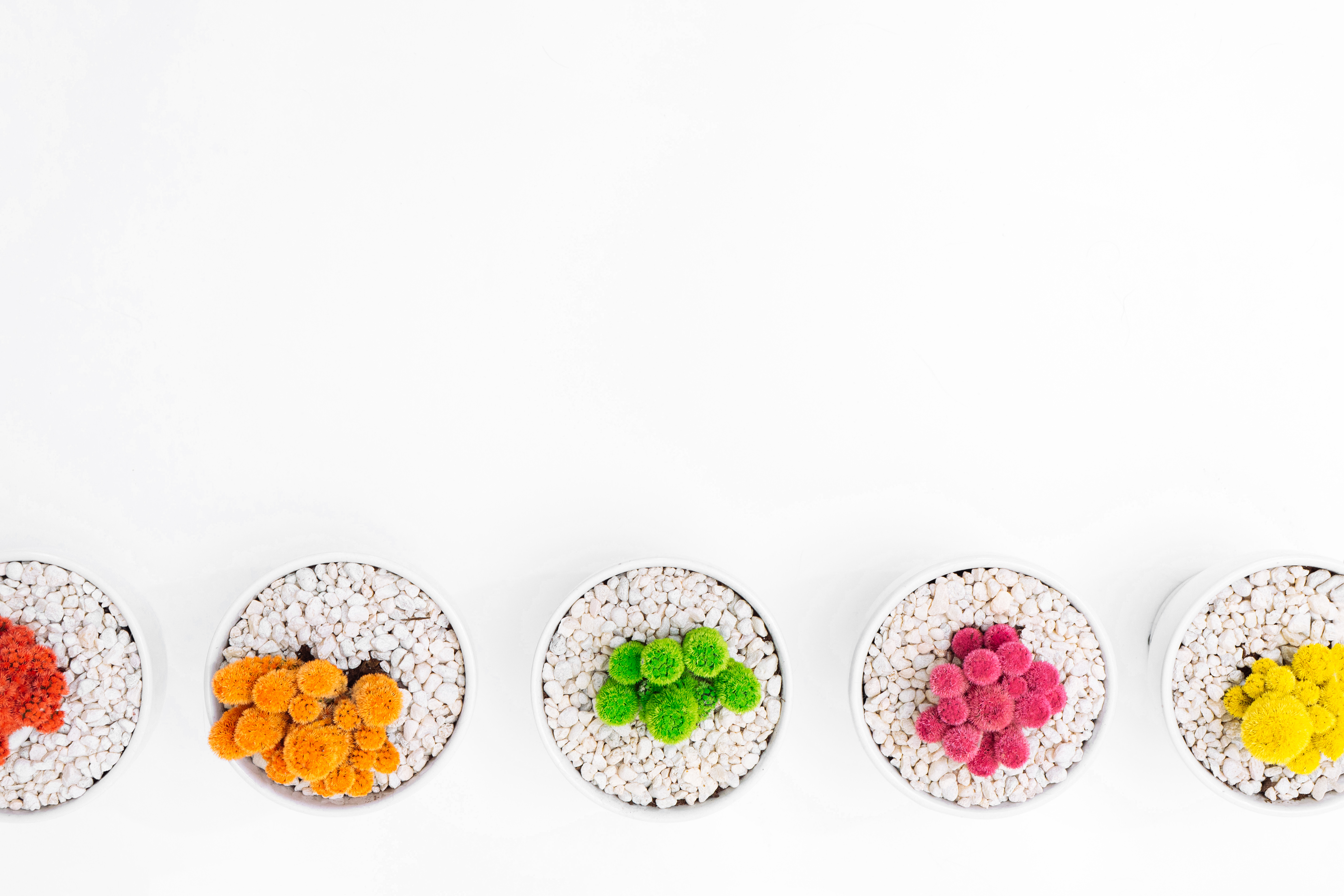6 ways to avoid overwhelming website users
Visual clutter is a problem on websites. Here’s how to check whether your website design is overwhelming and how to fix it.
We live in a time-poor society, inundated with an insurmountable volume of digital content. With so much to read, view, and grasp, the internet can often feel like a visually overloaded tangled mess, leaving web users cognitively overloaded. So how can we help a website visitor figure out what to focus on, comprehend the message, and guide them through a positive user experience?
Simplify page content
Step one: Audit your website content.
Step two: Remove anything that isn’t necessary for your user to realise their goal.
A content audit involves reviewing the content itself, assessing the volume of content, and revising the layout, design, graphics, and typography. Keep your target audience in mind when implementing your findings. Don’t remove any branding or design aesthetics the audience might expect from you.
Keep information bite-sized
If a website user is bogged down with too many words, paragraphs, or sections, they will likely leave the website without bothering to read it, or will make an attempt to read but give up after the second paragraph. The end result is frustration, a wasted message, and a lost customer. The old saying less is more is pertinent in this circumstance. Breaking the content into smaller, more digestible chunks will enable the user to control their consumption and process the information more effectively.
Keep functions and elements consistent
Consistency in web design means making sure all similar actions and elements look and act the same. For example, if you include team member bios on your “about us” page, which include an animated visual (for example, a spinning head or a GIF of them waving), then all team members need to have an animated visual.
Get creative with content
Present your information in different, yet interesting, ways. As the web is largely visual, try to display content graphically, through images or graphs. This can be a great way to test your target audience’s different processing methods.
Adopt colour theory principles
The use of colour plays such an important role in how a user views your website and brand. All colours have psychological impact, so when deciding a colour scheme, you must take into account the mood, perception, cultural and personal meaning of colour to your target audience. Keep in mind people who are visually impaired. For example, those who are colour blind often can’t tell the difference between red and green, or have difficulty distinguishing between blue and yellow.
Follow basic design principles
Most UI and UX design experts understand the following principles, but they’re worth mentioning as they are extremely relevant to how a user digests content.
- Make the typography big and clear
- Choose readable font faces, particularly for those who are vision impaired
- Incorporate headings and summaries
- Keep the layout clear and concise
- Use generous white (or negative) space
- Clarify with examples
If you’re stuck for how to create a visually impactful website, the team at iFactory can create a website design solution specific to your unique business needs. Our Brisbane based website designers will work collaboratively with you to build a website users consume and want to return to. Get in touch with us today.

